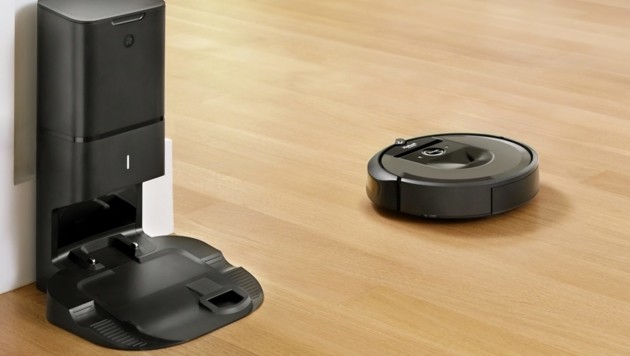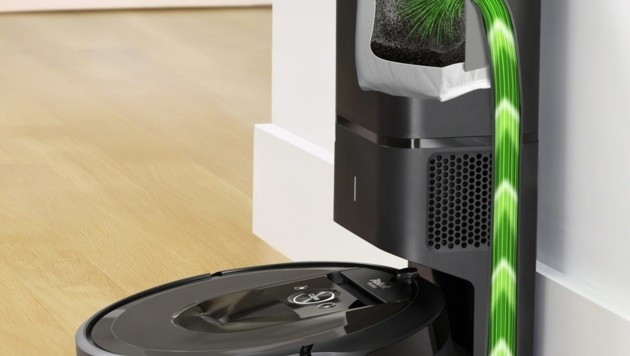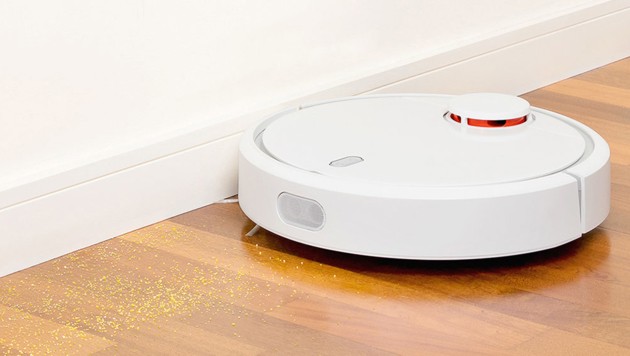“The little household does it all by itself,” Johanna von Koczian sang at the end of the 1970s. 40 years later, this vision is becoming reality – vacuum cleaner robots make it possible.
However, even if sensors and cameras make it easier and better to avoid collisions with the equipment, most household robots only reach their full potential in “robot-safe” households. Too high carpet edges and door sills are problematic, things lying around are happy to move.
Anyone who has their hideaway cleaned by a robot should thus create the right conditions. Furniture without ground clearance, long-bristle carpets and winding rooms are poison, tidy rooms without these obstacles trumps.

In addition, when buying a vacuum robot, some basic things should be considered: Intelligent pathfinding is a plus and especially higher priced models reserved. Battery life and cleaning performance – some robots can suck and wet wipe – are also important. And a companion app facilitates programming and operation in everyday life.

Vacuum cleaner robots have already been able to charge independently. The Roomba i7 + from iRobot, however, also empties its collection container into the “Clean Base” extraction station, whose bag holds 30 loads. Users can sit back and relax for weeks.

The Scout RX2 Home Vision from Miele not only sucks in the home, but also monitors it. The two front cameras allow you to check at any time when you’re on the move, to see if everything is alright at home. The secure live transmission of the camera images on smartphones and Co. is encrypted.
The Roborock of the Chinese manufacturer Xiaomi automatically recognizes heavily soiled areas and then processes them with increased suction power. Thanks to an integrated water tank for 45-60 minutes, the cleaning aid also understands the damp mopping of floors.

